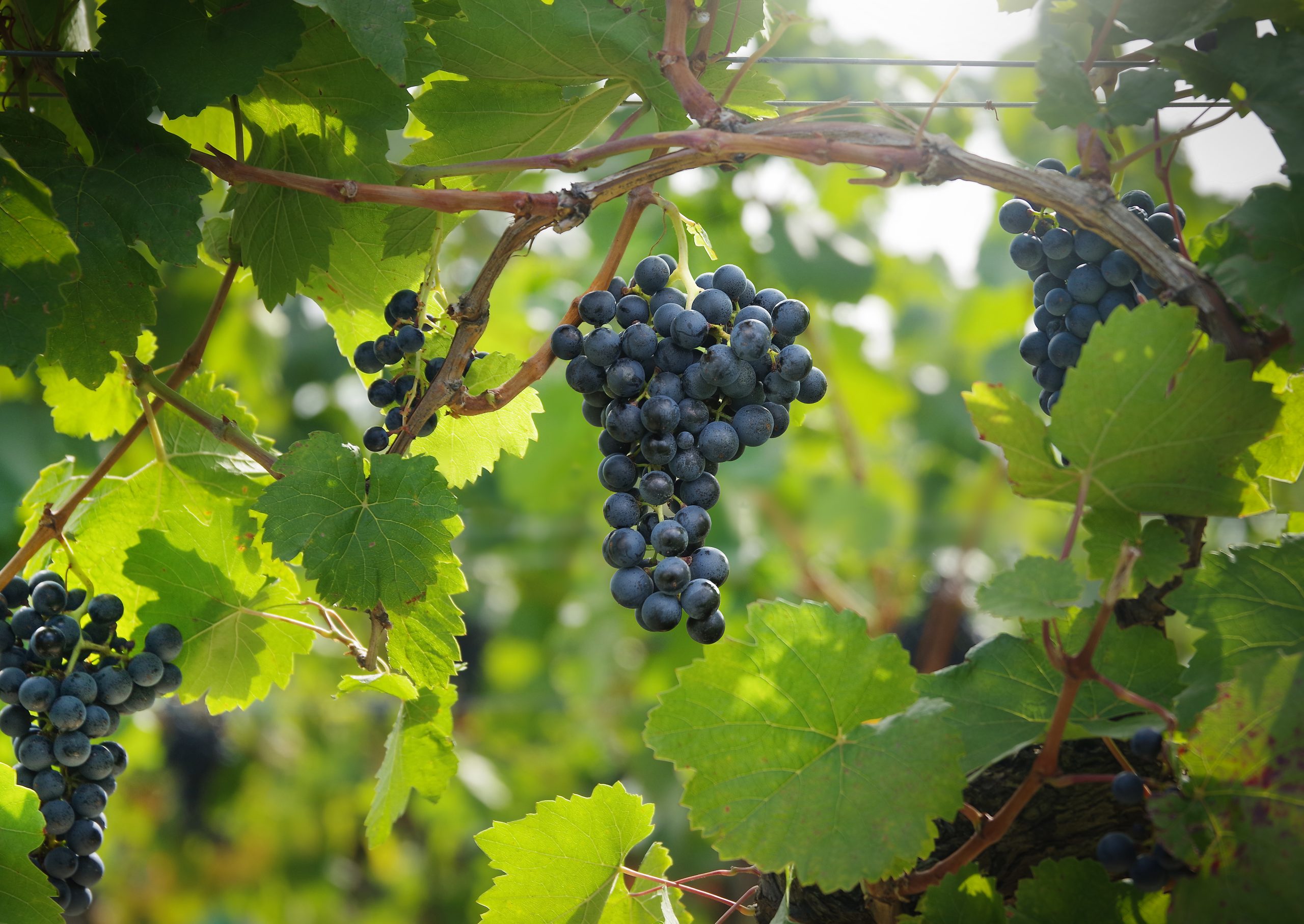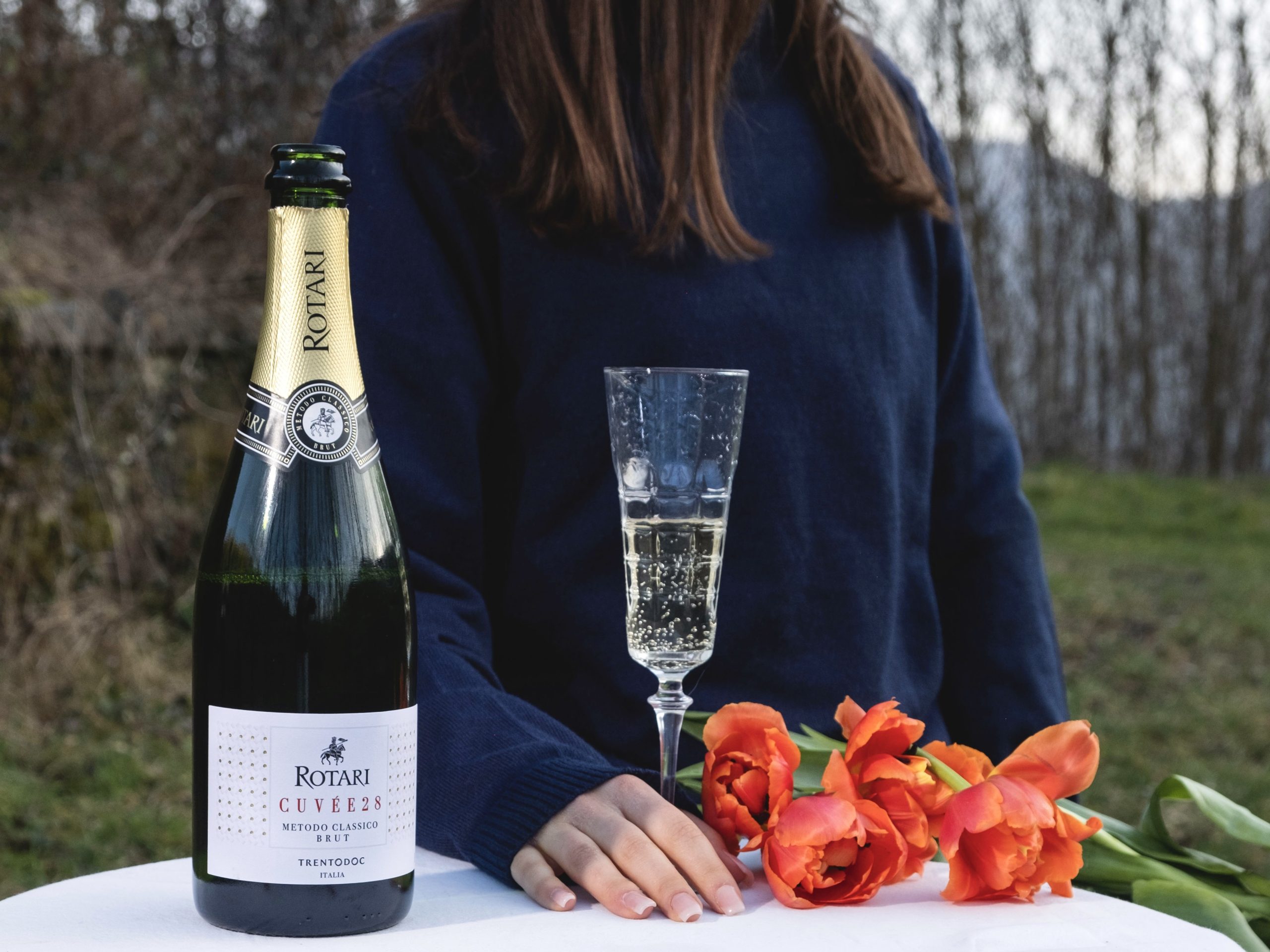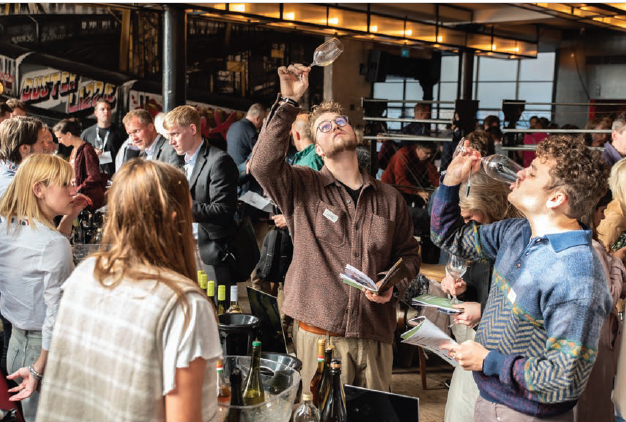‘Best vintage yet’ of Ao Yun leads La Place releases
The “best vintage to date” of Ao Yun, LVMH’s Chinese wine venture in Shangri-la, has been released on La Place de Bordeaux.

Armit Wines is offering the Chinese wine at £1,380 for a six-bottle case in bond.
Ao Yun was the first – and so far the only – Chinese Grand Cru to be released through the Bordeaux négociant system, having launched in 2022 with the 2018 vintage. It was born out of a four-year search by Tony Jordan for Moët & Hennessy and
The 2020 release released today is the eight vintage – a number associated with prosperity and success in Chinese culture – and it doesn’t disappoint. It was one of db Bordeaux correspondent Colin Hay’s top picks of this spring’s releases, scoring 97+ points, a wine he described as “fascinating and deeply engaging… profound and rather beautiful aromatically in its slight austerity and restraint”, a fresh and exciting wine that was “perhaps the best vintage yet of this unique wine”.
This sentiment was echoed by Edward Ragg of the Wine Advocate, who said that while lacking the “sumptuousness” of the 2019 vintage, the 2020 was “undeniably elegant, polished and powerful in its own vintage expression” and a very long “complex, layered finish that is abundantly youthful” He noted that while “approachable now”, the wine will “comfortably age for at least 15 years.”
Partner Content
Ao Yun comes from a remote area of North Yunnan, in the foothills of the Himalayas, between the Mekong River and the 6,800 metre summit of the sacred mountain, Meili (the name means ‘flying above the clouds). The 28 hectare are, which is spread over 4 villages, consists of 314 parcels, some at extreme altitude of between 2,100 and 2,600 metres, a fragmented patchwork of micro-terroirs that express themselves differently from year to year. (Ao Yun’s estate and technical director Maxence Dulou has reportedly identified around 35 distinct and different terroirs across the 314 blocks and 727 sub-blocks).
A statement from Armit noted that the “ideal” climate conditions of 2020 played an important role in shaping the vintage – the final blend for example contains 72% of grapes coming from the two coolest villages of Adong (2600m) and Shuori (2500m). Harvest lasted 51 days – a medium duration for Ao Yun, given the significant variation in altitude between the vineyards. It was a small crop, and fewer new oak barrels were used in the ageing process than in previous years (30% new barrel, 30% old barrel and 40% stoneware jar) – the wine spent 12 months refining in barrels and stoneware jars + 5 months in stainless steel tanks – a change from the previous 17 months in barrels.
Related news
Castel Group leadership coup escalates
For the twelfth day of Christmas...
Zuccardi Valle de Uco: textured, unique and revolutionary wines




